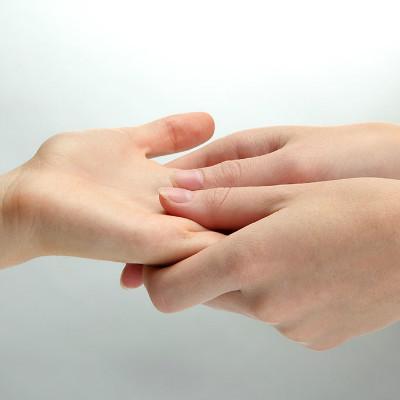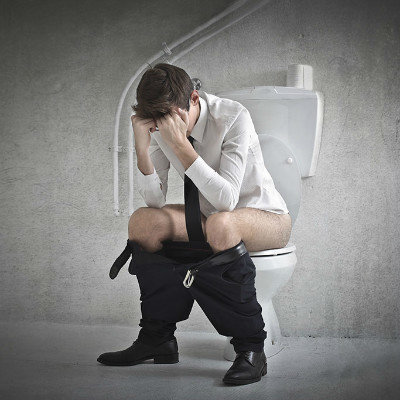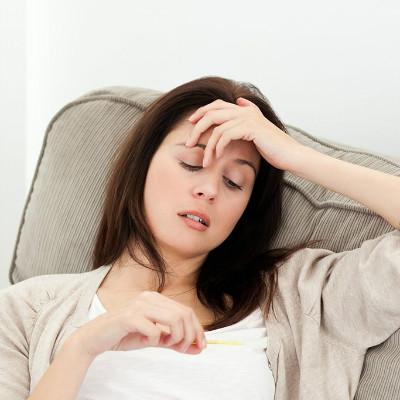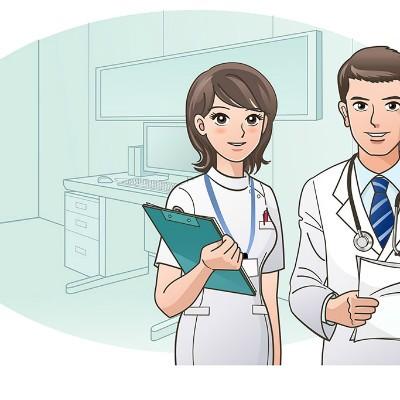What can't I eat
summary
It is mainly found in the gallbladder, bladder and renal pelvis, and also in the cavity of pancreatic duct and salivary duct. Stones are composed of inorganic salts or organic matter. Generally, there is a core in the stone, which is composed of exfoliated epithelial cells, bacterial mass, parasite egg or body, fecal mass or foreign body. Inorganic salt or organic matter is deposited on the core layer by layer. Now let's talk about what we can't eat?
What can't I eat
Calcium salt stone: limit the intake of calcium salt, no more than 500 mg per day. Every day to eat more acidic food, such as fish, lean meat, eggs, grains and so on.
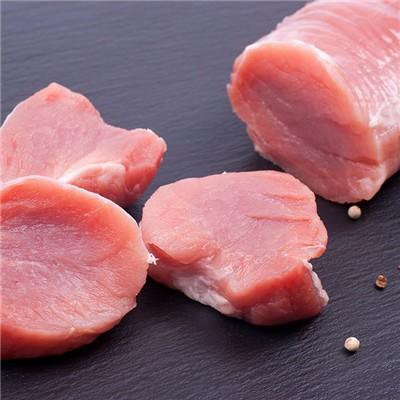
Uric acid stone: avoid purine food, such as liver, kidney, brain, gravy, dried beans, etc. Eat more alkaline food, promote the dissolution of urine crystal.
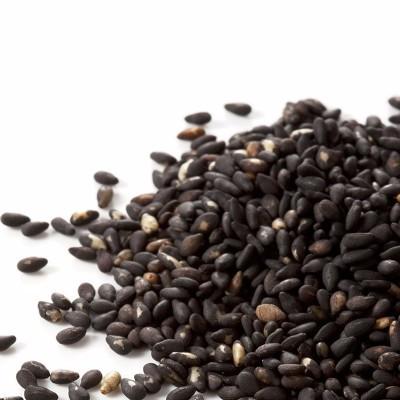
Cystine stones: limit the consumption of methionine rich foods, such as eggs, poultry, fish, meat, etc. Eat more alkaline food and drink more water.
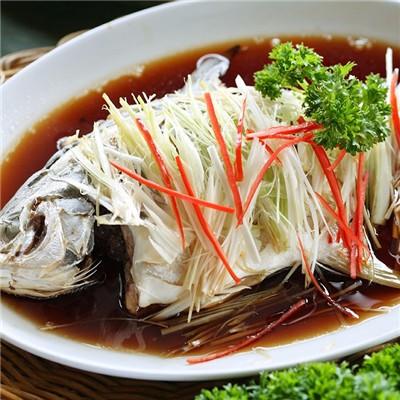
matters needing attention
Moderate exercise can promote the swing of organs in the body and promote the discharge of small stones, but different parts of the stones have different exercise methods. For general renal calculi, when removing the stones, the doctor will instruct the patients to do vertical jumping up and down movement, which is helpful for the removal of the stones; for the stones in the lower calyces, the patients should take the inverted movement as appropriate, so that the stones move upward and gradually move out of the kidney.



